It’s our great hope that you will enjoy and appreciate this article about these 3 Clearly Captivating Corals. It was certainly a true pleasure for us to compile it for you, our readers. The oceans of our beautiful world hold countless natural treasures for us to behold!
Of course, these few represent only a tiny fracction of the total number of coral species fround throughout the world. At the moment, science recognizes approximately 6,000 varieties of coral. We think, however, that these few represent good examples of the Class.
Porites lutea Facts
- Leading off this article about 3 Clearly Captivating Corals comes the intriguing specimen known only by the formal name of the Porites lutea.
- The short and simple term for the amazing creature serves as the official scientific name of a variety of stony coral that’s evolved a unique behavioral pattern. For the moment, this marvel of Nature and evolution has no accepted common name.
- It held other scientific names in the past, though. The one it holds now is attributed to the combined work of two researchers. The scientists holding that scientifically noteworthy claim are the French researchers Henri Milne-Edwards and Jules Haime.
- This natural beauty represents only 1 of the more than 500 species placed within its genus. While it naturally bears many similarities to its relatives, it stands out due to the way in which it forms itself over time. That manner also makes for a remarkable sight.
- Fortunately, for the moment, this intriguing creature of the oceans appears to be maintaining a population base that’s both sizeable and stable. This further seems to hold true throughout the entirety of the known natural range of the Cnidarian.
- The IUCN, therefore, currently lists the Porites lutea as Least Concern on its Red List of Threatened Species. The remarkable animal does nevertheless faces certain potential threats. These naturally include habitat loss and the ongoing effects of climate change.
Porites lutea Physical Description
Like the vast majority of its kindred, the amazing Porites lutea evolved as a coloial creature. It therefore builds itself into massive shared structures. In the case of this specific species, however, those structures follow a general pattern, the reason for which remains unknown.
That’s because typically, the fascinating animal constructs either helmet-shaped colonies or hemispherical mounds. The sheer size of these structures further draw one’s attention. That’s due to the fact that these constructs attain diameters of as much as 13 ft (4 m).
The individuals creatures also build extremely close together, with the walls of each section being quite thin in nature. Most indivual specimens have a diameter of between 0.04 – 0.06 in (1.0 – 1.5 mm). The exterior of each structure also usually has a somewhat smooth texture.
The coloring of each composite construction of the Porites lutea also varies from site to site. Most commonly, though, this consists of either yellowish or a cream color. The precise location of each colony, however, often leads to the manifestation of other hues.
Due to this tendency, brighter shades do sometimes occur. These include a wide range of brighter colors. Such variations, though, most frequently appear when the colony appears in shallower waters. The precise reason for this, however, remains a bit of a mystery.
- Kingdom: Animalia
- Phylum: Cnidaria
- Class: Anthozoa
- Order: Scleractinia
- Family: Poritidae
- Genus: Porites
- Species: P. lutea
Porites lutea Distribution, Habitat, and Ecology
Fortunately, both for it, and for those of us who appreciate the beauty of Nature, the Porites lutea inhabits a relatively broad swathe of the globe. That’s due to the fact that its known habitat consists of much of the tropical portions of the Indo-Pacific Ocean.
More precisely, that range seems to begin near northern and eastern Australia. From there, it also spreads out to the waters around Japan, the Philippines, Indonesia, and Malaysia. It further extends its territory to as far as the east coast of Africa, and Madagascar.
Within that considerable expanse of oceans, though, its habitat preferences strongly limit the amount of territory it appears in. That holds true because the animal does not inhabit deep regions. It typically makes its home in regions such as lagoons and reefs.
These regions develop in what’s known as the tidal zone. That consists of the part of the ocean where it meets the land between the low and high tides. Here, the creatures frequently form structures often refered to as microatolls, remaining even if the animals die.
Such constructs generally contain the empty shells of deceased individuals located at or near the top of the mound or helmet-shaped colony. The living creatures, meanwhile, place themselves around the perimeter of the structure, as it grows, usually sideways.
Like its relatives, the Porites lutea feeds on a combination of algae living within their tissues, and small captured prey. The species also grows quite slowly, like others of its kind. The exact rate of growth, however, is strongly affected by the local environmental conditions.
Elegance Coral
Elegance Coral Facts
- Appearing in the second spot on this list of 3 Clearly Captivating Corals, the aptly-named Elegance Coral does so only due to random selection.
- The descriptive term for this amazing animal perfectly serves as one of the common names for this particularly beautiful species of Cnidaria. It also goes by several other common names, though. These names include the ridge coral and the wonder coral.
- Its cumbersome scientific name, meanwhile, consists of the hard to pronounce Catalaphyllia jardinei. It also holds a secret. This quite remarkable creature further represents, at least for the moment, the only known member of its entire genus.
- The first official scientific recognition of this gorgeous animal occurred in 1893. At that time, this occurred as a result of the work of the respected English biologist, William Saville-Kent, although he gave it a different name in the beginning.
- Unfortunately, due to its great beauty and distinctiveness, it’s now popular in reef tanks. As a result, its population numbers in the wild have plummeted. Due to this, the IUCN currently lists it as Vulnerable on its Red List of Threatened Species.
- The lovely Elegance Coral also faces even further threats to its existence. Habit loss now poses a very real threat to its surviving wild populations. The ongoing effects of climate change most likely poses its greatest threat in the wild, though.
Elegance Coral Physical Description
The magnificent Elegance Coral truly earns its name. While it’s certainly a beautiful species, it also impresses those who know of it in another way, as well. That’s due to the fact that, along with being quite lovely, it’s also among the largest of all know forms of coral.
More precisely, mature adults of this species attain an average length of roughly 12 in (30 cm). The same individuals further reach an average height of approximately 8 in 20 cm). The general outline remains highly irregular in shape, though, due to its construction.
The gorgeous Elegance Coral possess a branching coralite skeleton displaying a brilliant color. This part of the animal generally shows a light green shade. The many tendril surrounding its central disk, however, most commonly show a bright pink in color.
- Kingdom: Animalia
- Phylum: Cnidaria
- Class: Anthozoa
- Order: Scleractinia
- Family: Euphylliidae
- Genus: Catalaphyllia
- Species: C. jardinei
Elegance Coral Distribution, Habitat, and Ecology
Even though its numbers appear to be diminishing, the Elegance Coral nevertheless still inhabits a relatively large section of the globe. In point of fact, it appears in the western and central Pacific Ocean, along with a part of the Indian Ocean, as well.
More precisely, that range extends as far north as the island country of Japan. To the south, however, it appears in scattered colonies as far away as Australia. Unfortunately, though, it now mainly appears in only widely scattered small concentrations in the range.
Wherever it still makes its home, though, it displays a strong preference for its choice of habitat. The animal lives almost entirely on areas of reefs. Even there, though, it typically prefers to dwell on the central portion of the reef, for reasons that remain unknown.
Individuals also sometimes choose to live on the sandy bottom, but rarely, if ever, on rocks. The amazing Elegance Coral further prefers for the regions its inhabits to have strongly flowing, sometimes even agitated, currents, again for undetermined reasons.
Much like many of its relatives, it can reproduce either sexually or asexually. The latter it manages via the creation of new branches, that later drop off, and form new colonies. Although mainly photosynthetic, it also consumes small quantities food, often detritus.
Hood Coral
Hood Coral Facts
- The last, but certainly not least, of the species appearing in this compendium of 3 Clearly Captivating Corals is the spectacular animal name the Hood Coral.
- The unusual name for this animal serves as one of the common names for one of the best known varieties of coral. Yet that’s not the only term it’s known by. In point of fact, it also goes by the other common name of the smooth cauliflower coral.
- Among scientists, though, it’s better known by its official name of Stylophora pistillata. But regardless of the term one chooses to use, it remains an important species in some ways. Perhaps chief among these is its frequent study by scientists.
- That relative importance to professional researchers exists because it remains highly representative of its kind. As a result of this fact, it forms an important source of information about the effects of certain factors on marine life, including corals.
- Those factors threaten the Hood Coral just as much as they do other species in the oceans. These include such factors as habitat loss and, of course, the dangers of climate change. As a result of its specific situation, the IUCN classifies it as Near Threatened.
Hood Coral Physical Description
Describing the Hood Coral presents some unique difficulties. That’s due to the remarkable fact that this creature evolved and develops in close-fitting colonies. Individuals themselves remain quite tiny, and sometimes can even be difficult to discern as separate specimens.
The colonies themselves, meanwhile, attain different sizes. But, in this particular species that growth remains comparatively small. In point of fact, most colonies never exceed an overall diameter of 12 in (30 cm). An actual average, though hard to determine, is much less.
Each colony, though, consists of numerous individuals growing close together in a distinct pattern. This consists of somewhat blunt-shaped, broad, vertical stem-like structures called branches. These typically become larger and more massive as they grow in size.
Each individual Hood Coral further produces a hard outer construction. This it produces via excretions from its own body. Within this particular species, such structures typically come in one or more of four colors. These are green, bluish, pink, and occasionally cream.
- Kingdom: Animalia
- Phylum: Cnidaria
- Class: Anthozoa
- Order: Scleractinia
- Family: Pocilloporidae
- Genus: Stylophora
- Species: S. pistillata
Hood Coral Distribution, Habitat, and Ecology
The remarkable species known as the Hood Coral has a relatively broad area of habitation, compared to related species. In point of fact, this marvel of Nature inhabits an extensive portion of both the tropical and subtropical waters of the Indo-Pacific region of the world.
This inhabited zone also covers a range that begins at one end near Madagascar. From there, it extends through east Africa, the Persian Gulf and the Red Sea. After that, it reaches onward through the Indian Ocean northern Australia, and parts of the western Pacific.
Wherever it appears throughout the entirety of its range, its pattern holds true. This fascinating marine invertebrate evolved as an important reef builder. Plus, like other coral, it inhabits shallow regions. In its case, it rarely appears at depths of more than 50 ft (15 m).
Also like its brethren, the magnificent Hood Coral reproduces via polyps. These emerge from stony cups called corallites, and form solid, elongated columns. With its tiny mouth, it most commonly feeds on zooplankton, with other tiny prey being taken on rare occasions.
This creature itself, meanwhile, often serves as home to various species, who make use of it for shelter and protection. These many species include Trapezia crabs, boring clams, gall crabs, barnacles, date mussels, damselfish, and sometimes the Christmas Tree Worm.
3 Clearly Captivating Corals
We sincerely hope that you have thoroughlyenjoyed reading, and hopefull learning from, this article about these 3 Clearly Captivating Corals. It’s our further hope that having done so will instill in each of you a desire to learn of more such marvelous ocean denizens.
Lamentably, however, many of their related species around the world now find themselves facing dire threats to their continued existence. Now, it’s up to each and every one of us to do all that we can to protect and preserve these wonders of Nature from extinction.
Check out our other articles on 3 Terrific Freshwater Turtles, Earth’s Many Magical Moths, 6 Geological Wonders of India, The Mighty Tornado, 5 Astonishing True Bugs
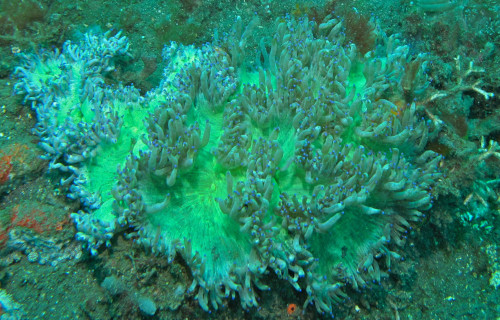
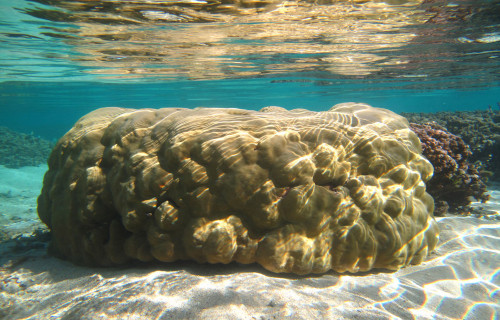
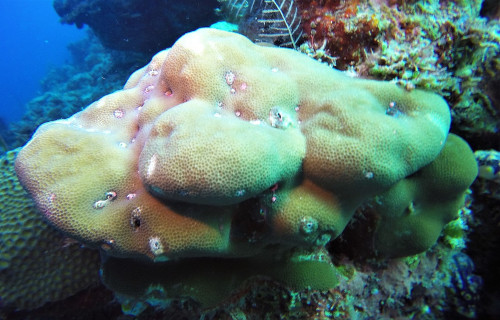
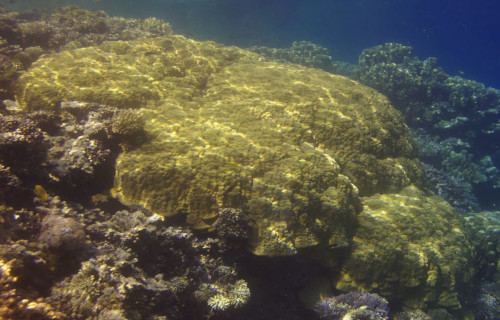
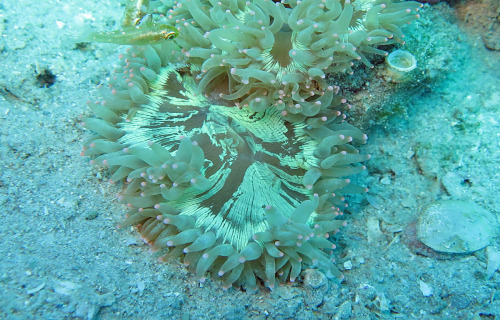
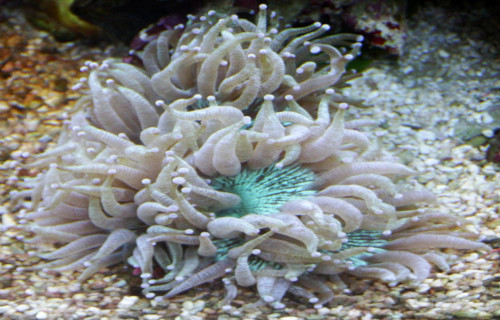
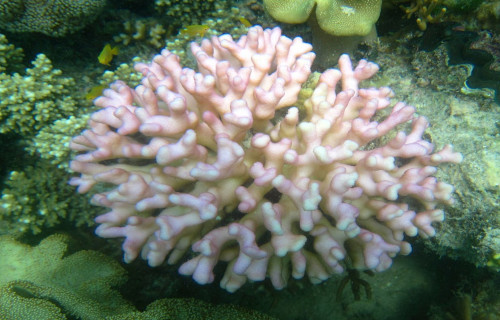
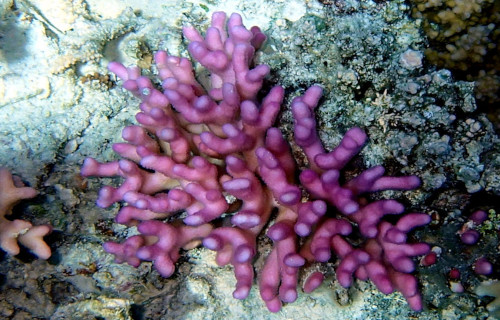
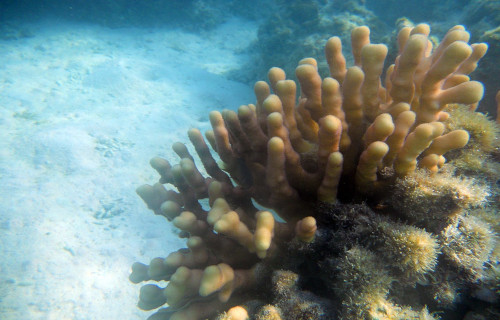









Leave a Reply